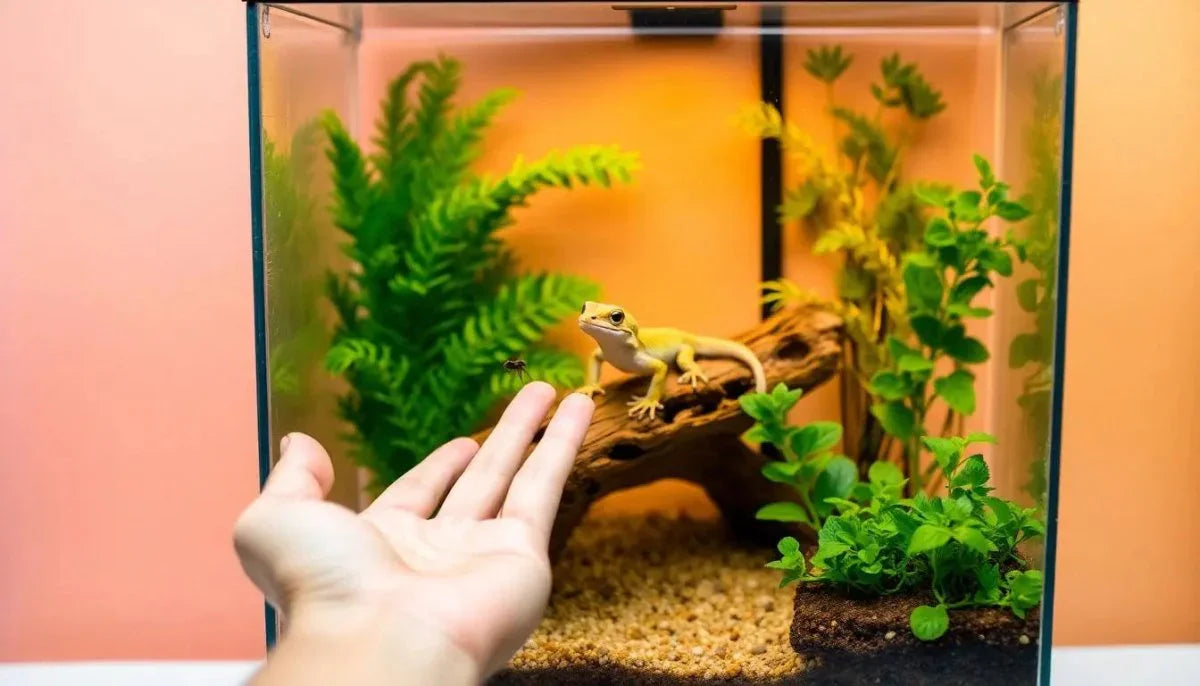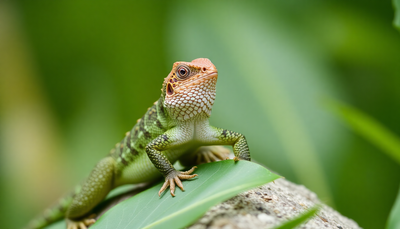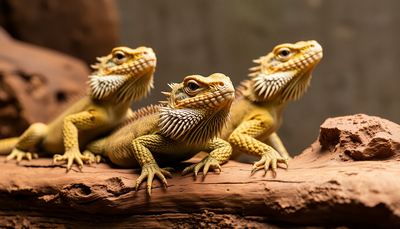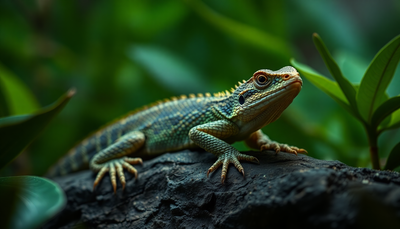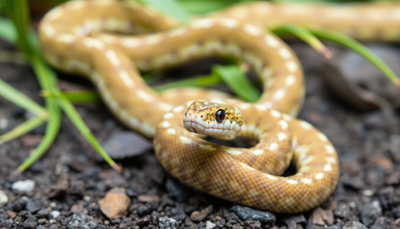Are you considering getting a pet reptile but feeling a bit overwhelmed by the thought of caring for one? Fear not! There are several reptile species that make excellent choices for beginner pet owners. In this comprehensive guide, we'll explore the easiest reptiles to take care of, their unique characteristics, and the essential care requirements to ensure your new scaly friend thrives.
Choosing the Right Reptile for Beginners
When it comes to reptile ownership, it's crucial to select a species that aligns with your experience level and lifestyle. Beginner-friendly reptiles are typically known for their hardy nature, straightforward care needs, and manageable size. Let's dive into some of the top contenders for the easiest reptiles to care for:
Bearded Dragons
Bearded dragons are undoubtedly one of the most popular reptile pets among beginners. These docile lizards are native to Australia and are known for their calm demeanor and relatively simple care requirements. Bearded dragons are omnivorous, meaning they enjoy a varied diet of leafy greens, vegetables, and the occasional insect. They thrive in a warm, dry environment and can grow to a respectable size of up to 24 inches in length.
One of the biggest advantages of keeping a bearded dragon is their willingness to interact with their owners. These reptiles can be quite tame and often enjoy being handled, making them an excellent choice for families with children. With proper socialization and handling, bearded dragons can develop a strong bond with their caretakers.
Leopard Geckos
Leopard geckos are another fantastic option for first-time reptile owners. Native to the deserts of Asia, these small, nocturnal lizards are known for their hardy nature and ease of care. Leopard geckos are insectivores, feeding primarily on a diet of crickets, mealworms, and other invertebrates.
What makes leopard geckos so beginner-friendly is their relatively small size, typically reaching around 8 to 10 inches in length. They also have simple housing requirements, thriving in a dry, warm environment with hiding spots and a substrate that allows for burrowing. Leopard geckos are generally docile and can become quite tame with regular handling, making them a great choice for families and individuals alike.
Ball Pythons
Ball pythons are a popular choice among reptile enthusiasts, and they are also well-suited for beginner pet owners. These small, stocky snakes are native to West and Central Africa and are known for their calm temperament and manageable size.
Ball pythons are typically docile and tend to curl up into a ball when threatened, hence their name. They are generally easy to handle and can be quite interactive with their owners. Ball pythons are also relatively low-maintenance, requiring a warm, humid environment and a diet of appropriately sized rodents.
One of the advantages of keeping a ball python is their relatively small adult size, typically reaching around 3 to 5 feet in length. This makes them a practical choice for those with limited space or who are new to reptile ownership.
Corn Snakes
Corn snakes are another excellent option for beginner reptile owners. These non-venomous, North American native snakes are known for their vibrant colors and patterns, as well as their gentle nature. Corn snakes are often considered one of the easiest snakes to care for, making them a popular choice for both novice and experienced reptile enthusiasts.
Corn snakes are relatively small, typically reaching around 4 to 6 feet in length as adults. They have simple housing requirements, thriving in a warm, dry environment with appropriate hiding spots and a substrate that allows for burrowing. Corn snakes are also relatively easy to feed, with a diet consisting primarily of appropriately sized rodents.
Providing Proper Care for Your Reptile
Regardless of the species you choose, proper care is essential to ensure the health and well-being of your new reptile pet. Here are some key considerations to keep in mind:
Housing and Habitat
Reptiles have specific temperature, humidity, and lighting requirements that must be met to maintain their health. Proper enclosure size, substrate, and hiding spots are also crucial. Research the specific needs of your chosen reptile species and set up the appropriate habitat to mimic their natural environment.
Diet and Nutrition
Reptiles have diverse dietary needs, ranging from herbivores to carnivores and omnivores. Ensure you provide a balanced, species-appropriate diet, whether that's leafy greens, insects, or appropriately sized rodents. Consult with a veterinarian or experienced reptile keeper to develop a feeding schedule and menu that meets your pet's nutritional requirements.
Health and Veterinary Care
Regular check-ups with a reptile-experienced veterinarian are essential for maintaining your pet's health. Be prepared to take your reptile for routine exams, as well as any necessary treatments or interventions. Familiarize yourself with common reptile health issues and be proactive in addressing any concerns.
Handling and Socialization
Proper handling and socialization are crucial for building a positive relationship with your reptile. Start slowly, allowing your pet to become accustomed to your presence and touch. Avoid sudden movements or actions that may startle or stress your reptile. With patience and consistency, many reptiles can become quite tame and enjoy interacting with their owners.
Conclusion
Embarking on the journey of reptile ownership can be an incredibly rewarding experience, especially for beginner pet owners. By choosing one of the easiest reptiles to care for, such as bearded dragons, leopard geckos, ball pythons, or corn snakes, you can enjoy the unique and fascinating world of these captivating creatures. Remember to research thoroughly, provide proper care, and be patient as you build a bond with your new scaly friend. With the right approach, you'll be well on your way to a successful and fulfilling reptile-keeping experience.


